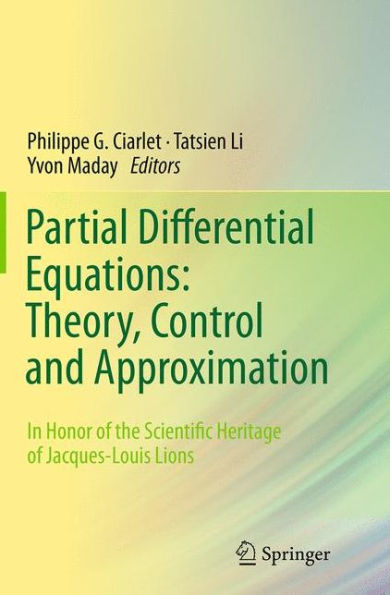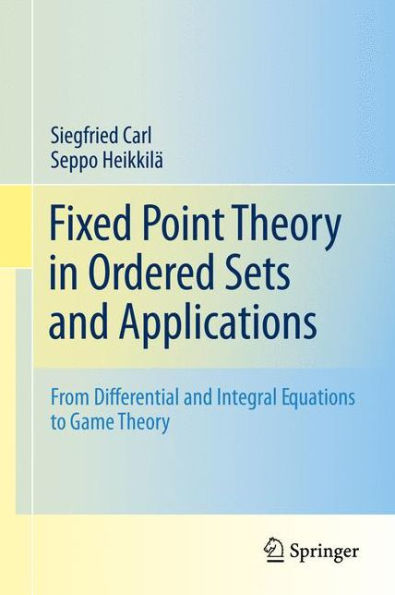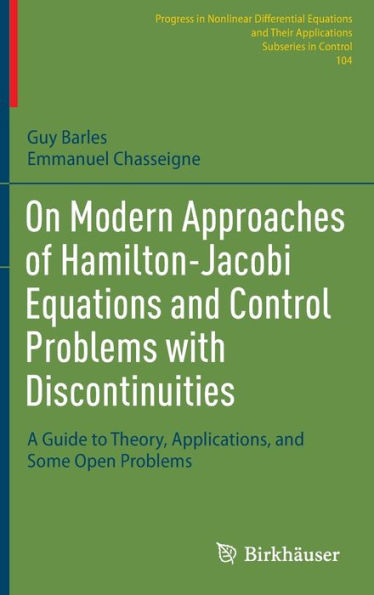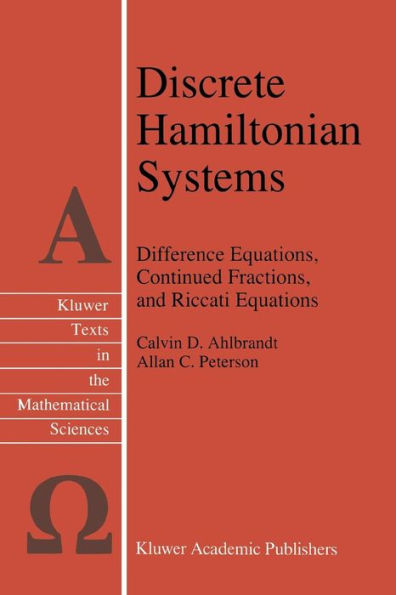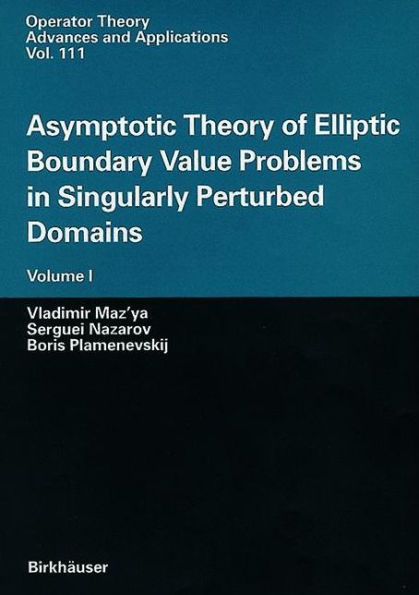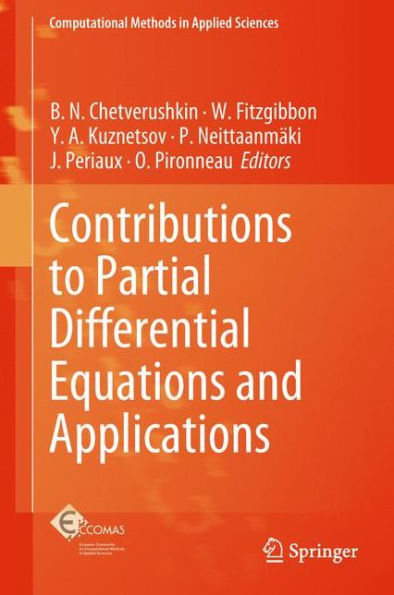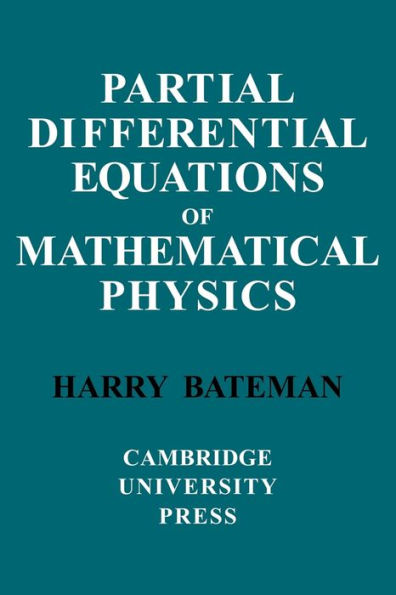Home
Differential and Algebraic Riccati Equations with Application to Boundary/Point Control Problems: Continuous Theory and Approximation Theory
Barnes and Noble
Differential and Algebraic Riccati Equations with Application to Boundary/Point Control Problems: Continuous Theory and Approximation Theory
Current price: $54.99


Barnes and Noble
Differential and Algebraic Riccati Equations with Application to Boundary/Point Control Problems: Continuous Theory and Approximation Theory
Current price: $54.99
Size: OS
Loading Inventory...
*Product information may vary - to confirm product availability, pricing, shipping and return information please contact Barnes and Noble
This book provides, in a unified framework, an updated and rather comprehensive treatment contered on the theory of ot- pimal control with quadratic cost functional for abstract linear systems with application to boundary/point control problems for partial differential equations (distributed pa- rameter systems). The book culminates with the analysisof differential and algebraic Riccati equations which arise in the pointwisefe- edback synthesis of the optimal pair. It incorporates the critical topics of optimal irregularity of solutions to mi- xed problems for partial differential equations, exact con- trollability, and uniform feedback stabilization. It covers the main results of the theory - which has reached a consi- derable degree of maturity over the last few years - as well asthe authors' basic philosophy behind it. Moreover, it provides numerous illustrative examples of boundary/point control problems for partial differential equations, where the abstract theory applies. However, in line with the purpose of the manuscript, many technical pro- ofs are referred to in the literature. Thus, the manuscript should prove useful not only to mathematicians and theoreti- cal scientists with expertise in partial differential equa- tions, operator theory, numerical analysis, control theory, etc., but also to those who simple wish to orient themselves with the scope and status of the theory presently available. Both continuous theory and numerical approximation theory thereof are included.
